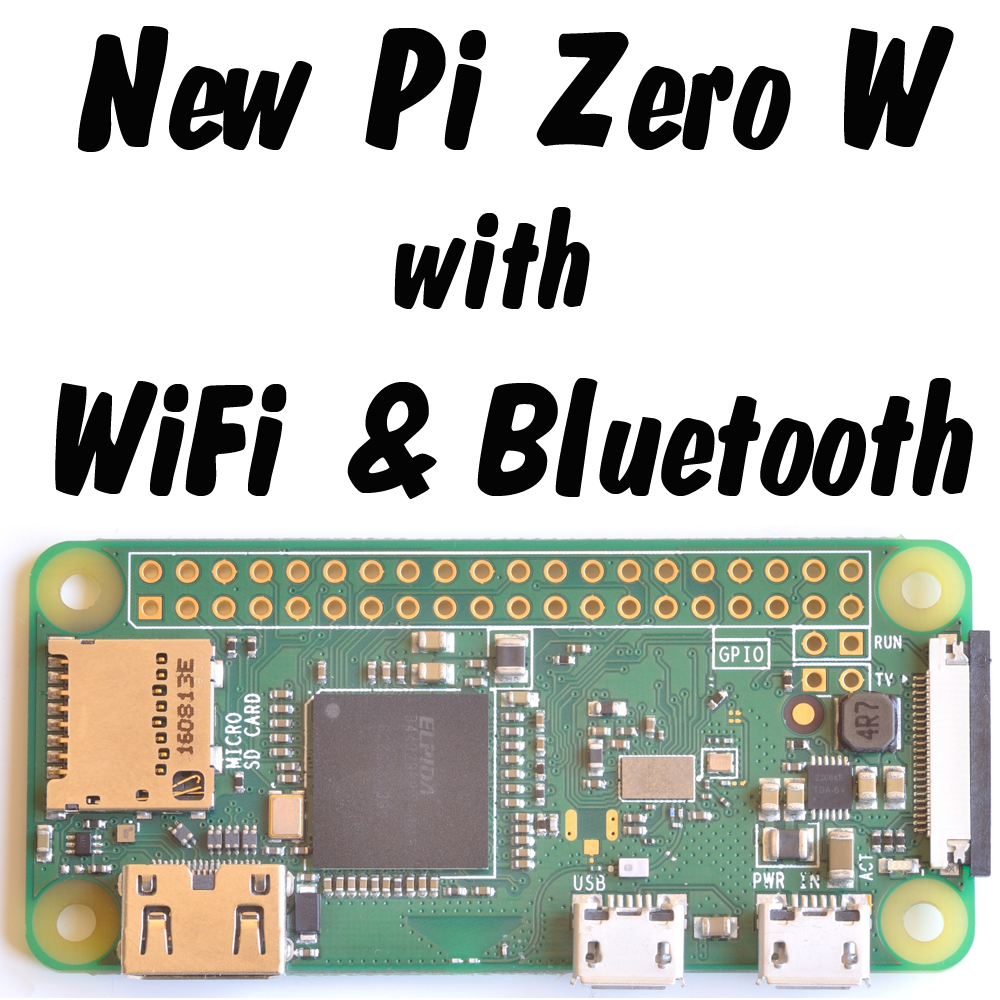
To that end, the USB Wi-Fi adapter section of the RPi wiki is very helpful. If you don’t use this Wi-Fi dongle model, we strongly recommend researching the model you intend to purchase to see if it is well supported. 1 Wi-Fi Dongle (we use this model on all our Pi units with great success).1 Ethernet connection to Pi unit (necessary for activating the Wi-Fi functionality remotely).1 Raspberry Pi unit with Raspbian installed (this technique should work on other distributions, but we’re using Raspbian).What Do I Need?įor this tutorial you’ll need the following items: Today we’re going to walk you through the technical (but simple) way to remotely connect to your Pi and activate a Wi-Fi add-on dongle. Once you have that configured, however, you still need to know how to do tasks remotely that would previously be handled by a GUI interface (like turning on the Wi-Fi). The best way to avoid falling into that trap is to configure your Raspberry Pi for remote access. RELATED: Everything You Need to Know About Getting Started with the Raspberry Pi If you’re a Raspberry Pi enthusiast (or quickly becoming one), you know how annoying it can be to realize that your headless Pi project now needs yet another little tweak that likely necessitates hooking up a monitor and keyboard/mouse to the box. Skip hooking it back up to all the peripherals and quickly add in Wi-Fi support from the command line.


You configured your headless Raspberry Pi just the way you want it, it’s settled in and running smoothly, but suddenly you want to move it away from its Ethernet tether with a Wi-Fi module.


 0 kommentar(er)
0 kommentar(er)
